BACKGROUND
The Natural History Museum is a scientific centre of global significance and a leading visitor attraction. It holds vast collections of natural history specimens estimated to be in excess of 80 million items which provide a scientific resource used by researchers from the UK and abroad. Data from the collections enables research into many important subjects from the origins of humans to the formation of the solar system.
The museum is also famous for its public galleries where you can walk beneath the largest animal on earth; a stunning 25.2 metre blue whale skeleton. You can explore dozens of exhibits from Dinosaurs to the Images of Nature Gallery exhibiting many historic illustrations and paintings spanning 350 years.
Touring Exhibitions
The museum has a number of touring exhibitions both in the UK and abroad. Treasures of the Natural World are currently on display in the ArtScience museum in Singapore and previously in Tokyo. The exhibition brings together specimens and objects selected for their scientific, historic and cultural importance and includes works of art such as the Scarlett Ibis, a rare copy of a painting by John James Audubon, it is one of only 200 ever printed.
Audubon revolutionised natural history art portraying life-sized birds in dramatic natural settings. There is also a collection of Sloane’s vegetable substances, including fruits, seeds, pots of aromatic gums and other plant items collected by Sir Hans Sloane. Exhibited too, are the dodo and the antlers of the largest ever deer, the megaloceras, both now extinct. The dodo was one of the first widely acknowledged cases of a species being wiped out by humans, whereas climate change at the end of the last ice age most probably contributed to the extinction of the megaloceras.
Light, Temperature, Humidity
The content of the exhibit is wide ranging, many items being sensitive to light, changes in relative humidity, incorrect relative humidity and of course temperature which also requires control as high temperatures can increase rates of deterioration as well as affect the relative humidity. Fluctuations in relative humidity can cause physical damage due to expansion and contraction of organic material contained within the specimen. Decrease in air moisture content will lead to a decrease in moisture content within the specimen and similarly an increase in moisture content within the air will lead to an increase in the water content within the specimen, the constant attempt to maintain equilibrium will lead to cycles of expansion and contraction which in turn leads to splitting, cracking, warping and ultimately to the deterioration of the specimen whether it be a painting, a fossil, taxidermy or in fact almost any natural history collection item. A travelling exhibition such as this presents various challenges, such as ensuring specimens do not come to harm whilst away from the museum and being able to reassure the museum curators that their specimens are displayed in a safe environment is important so Eltek was called upon to propose a solution. The curators felt that it was important to remotely monitor the collection as this would ensure that the it was kept in a safe environment. The value of the real time reporting gives immense reassurance.
Specialist expertise
Eltek Ltd. has worked closely with the Natural History Museum for over ten years. Having first become involved after winning a competitive tender. Eltek Ltd. has a special combination of skills, combining experience of wireless data logging, working with many museum conservators across the UK and Europe as well as the ability to swiftly develop technology based solutions to meet evolving customer needs. The solution proposed for the Touring Exhibitions uses a combination of tried and tested wireless telemetry for monitoring key parameters and 3G mobile data to transmit data to any location on the globe for monitoring and analysis.
Support
Lucian Hatfield, owner and technical lead at Eltek took a special interest in this project and was able to provide an effective solution using the Eltek SRV250 Gateway data logger. Working with Senior Conservation Officer Gill Comerford and the IT team at the NHM the system was installed and commissioned. For a touring exhibition it was critical that the system could be set up simply and reliably at a remote location.
The system was designed to be a “Plug-and-Play” Gill Comerford commented; “The transmitters were set up on the logger before it was packed into a shipping container and transported to Singapore. On arrival the equipment was unpacked the clock was set and it was ready to go. “
Easily accessed remote data
Gill explains how it works....
“Five transmitters are located in display cases and one positioned in the open space of the gallery, the data is viewable by Eltek users back at the NHM in London. It is seamlessly displayed as though Singapore is a zone on our current system; there are no extra steps to follow for the user.”
“Being able to see the relative humidity, temperature and light data at the click of a button is very useful. We can ensure the environment is stable, we can instruct the client to raise or lower the temperature, increase or decrease the relative humidity or dim the lights if they have been increased since the installation. The light data also allows us to understand when the lights are on and off, so not only can we calculate the lux hours for the light sensitive material, but we can also see if the agreed hours have been extended. In effect we can police our specimens remotely.”
The exhibition is on tour for five years and will be monitored at each venue. This installation forms part of the total installation of around 600 Eltek transmitters at the Natural History Museum locations.
System components
The system installed in the touring exhibition uses a variety of Eltek products, including the following items:
- SRV-Gateway logger
- 3 x GD10 transmitters
- 3 x GL 70 transmitters
Back in
London the data is analysed on Darca Heritage 2 software which is used for monitoring, data analysis and reporting. Eltek Ltd would like to express its thanks to Gill Comerford Senior Conservation Officer at the Natural History Museum for her help in the preparation of this case study.


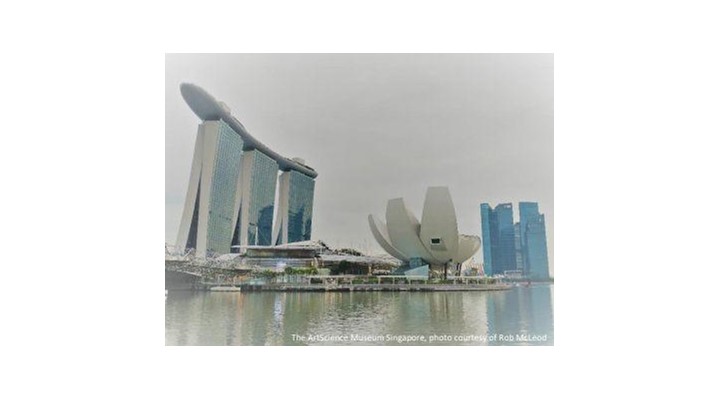
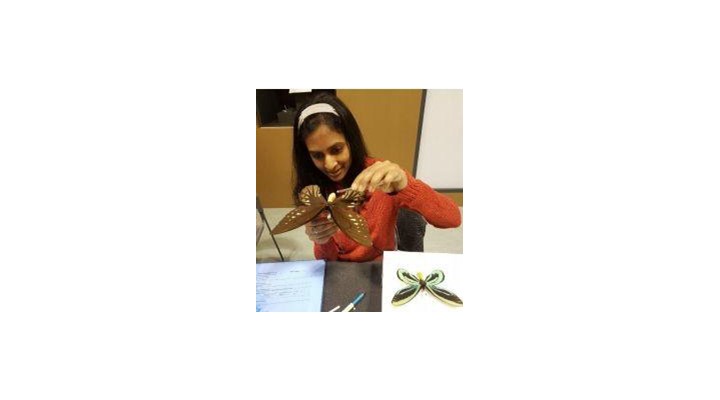
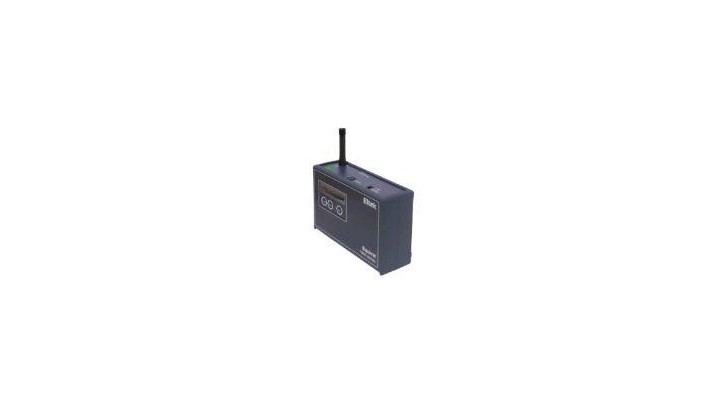
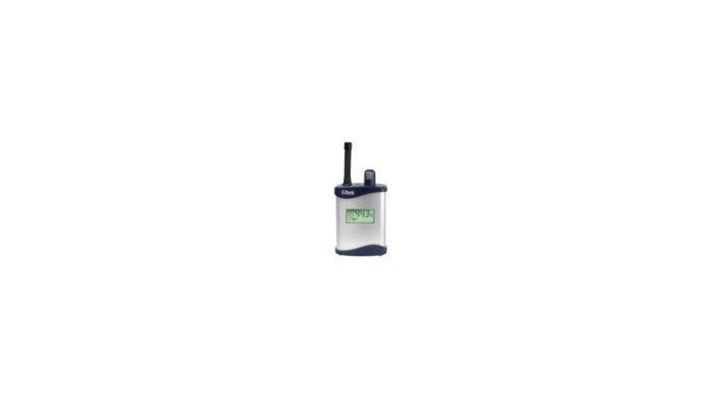
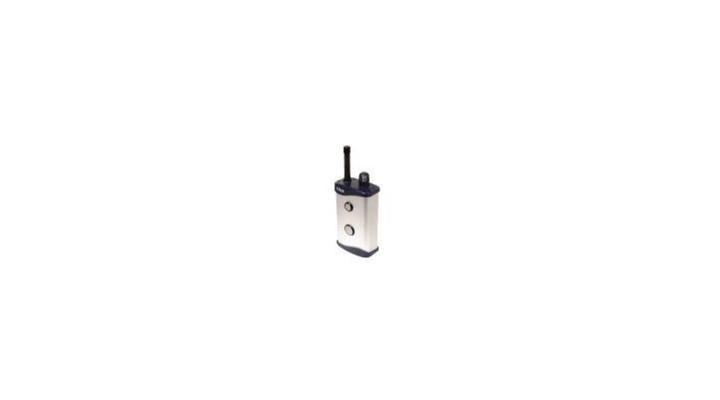
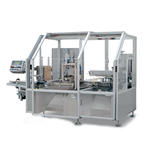
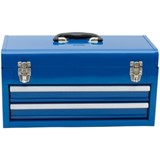



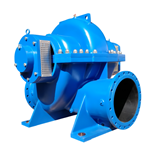
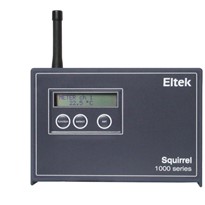
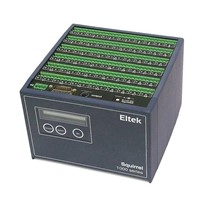
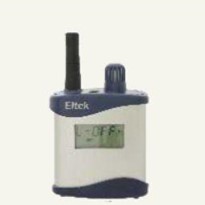
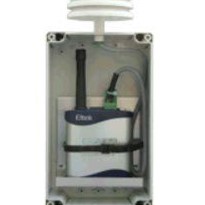
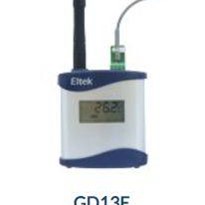
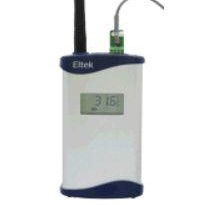
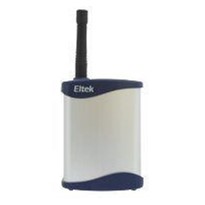
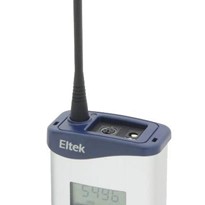
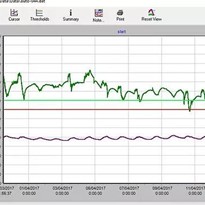


-205x205.jpg)


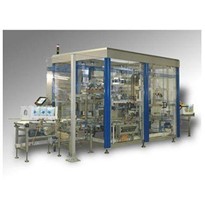
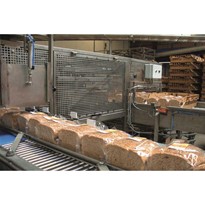
-205x205.jpg)
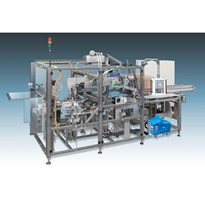
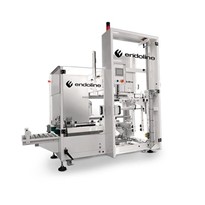
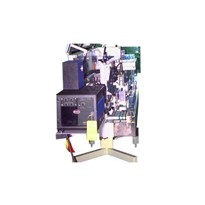
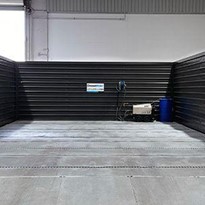
-205x205.jpg)








